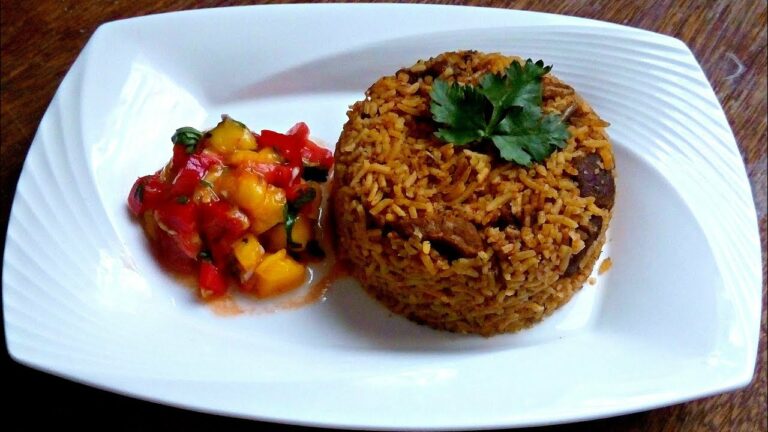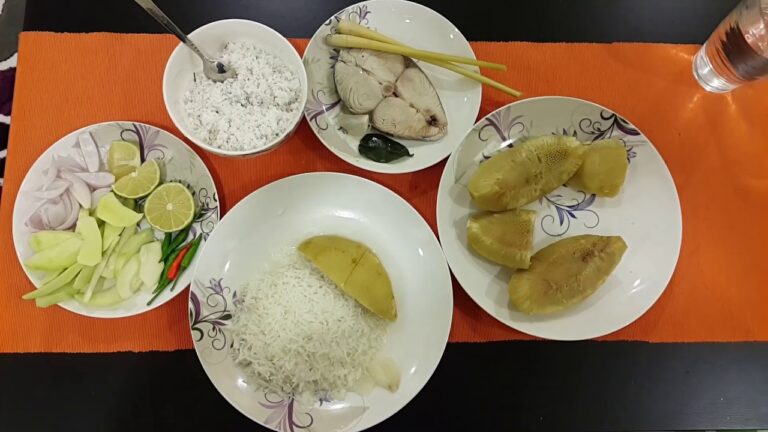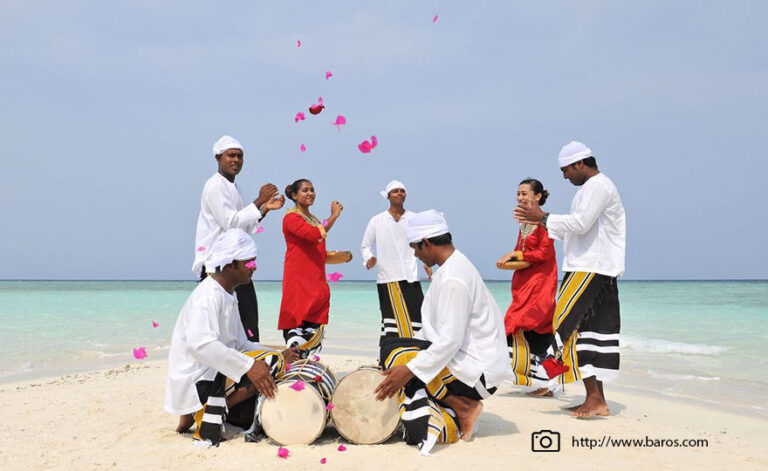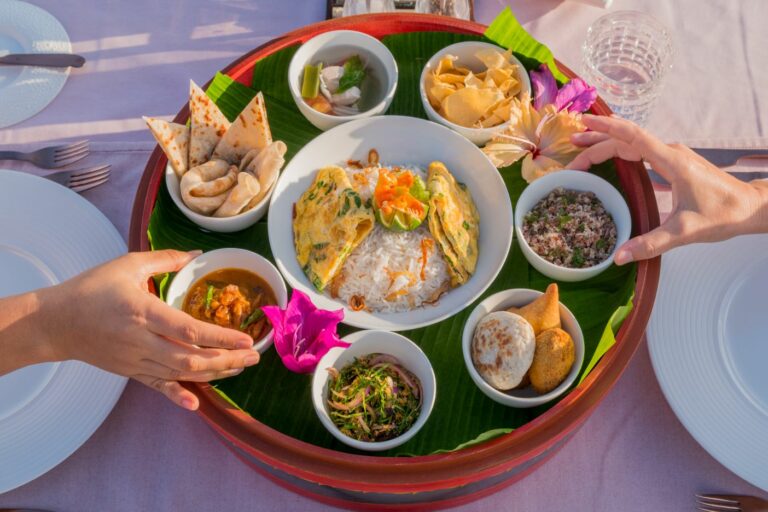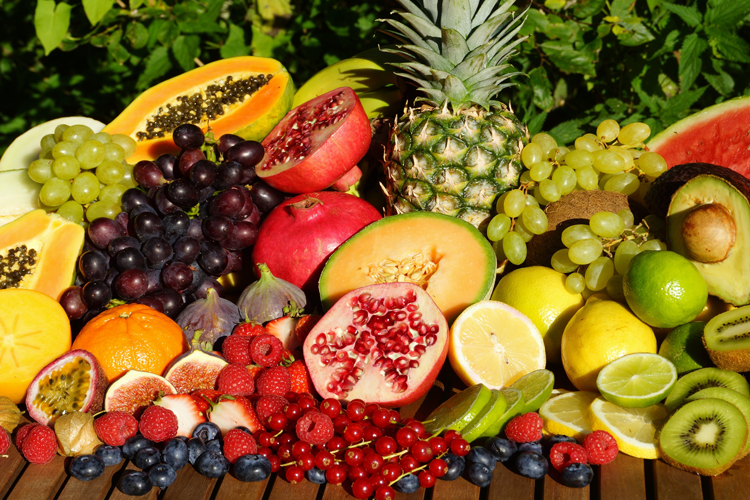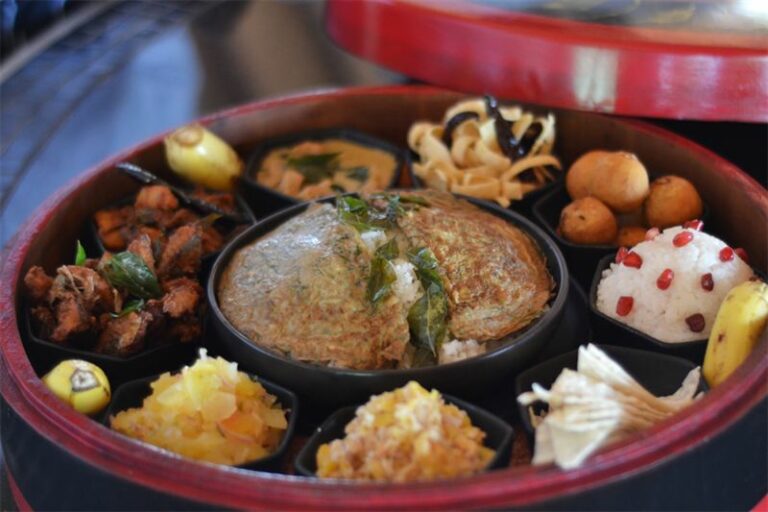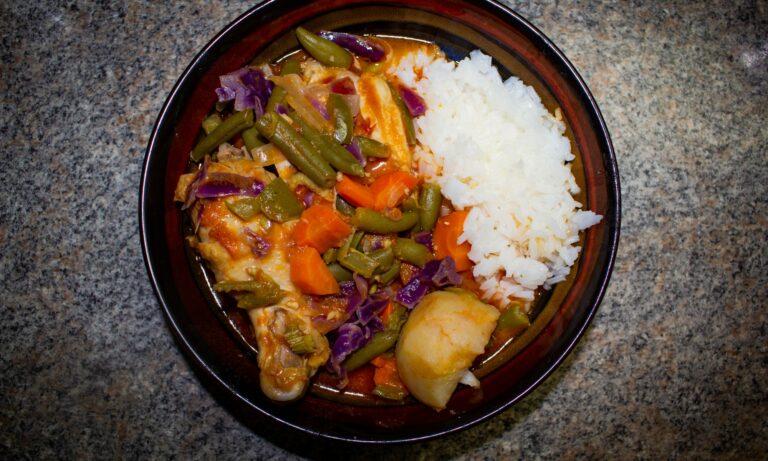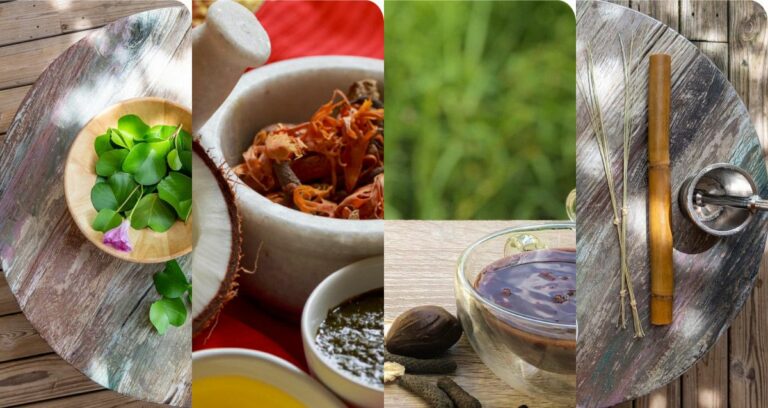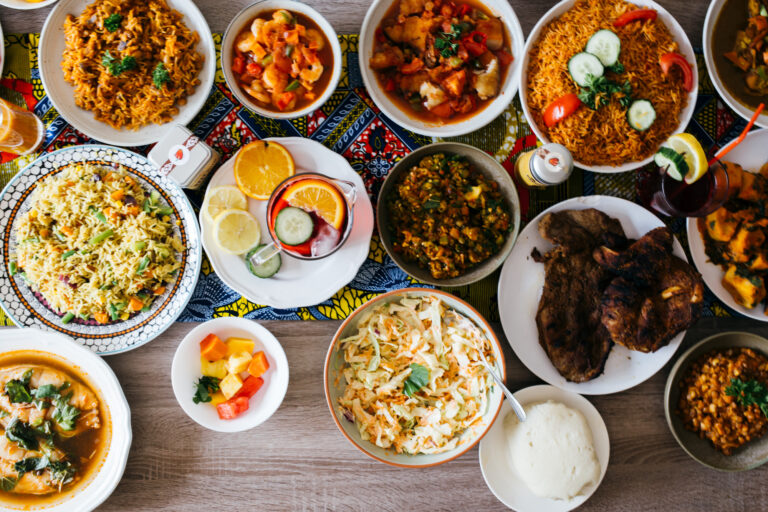Introduction: Malawi’s Lakeside and Fishing Traditions
Malawi, a landlocked country in southeastern Africa, is home to the third largest lake on the continent – Lake Malawi. The lake, also known as Lake Nyasa in Tanzania and Mozambique, covers approximately one-fifth of the country’s total surface area. Malawi’s lakeside communities have a rich fishing tradition that spans many centuries. The fish from the lake is not only a source of livelihood but also a staple in Malawian cuisine.
The Importance of Fish in Malawian Cuisine
Fish is a central ingredient in Malawian cuisine. The country’s lakeside communities rely heavily on fish for their protein needs. Fish is also a popular food among the urban population. The country’s fish markets are bustling with activity, and you can find a wide variety of fish, both fresh and dried.
Traditional Malawian Fish Dishes
Malawi has a rich culinary heritage, and its traditional fish dishes are a testament to this. One of the most popular dishes is chambo, a type of fish found in Lake Malawi. Chambo is often served grilled or fried, and it’s usually accompanied by a side of nsima, a maize-based porridge. Another popular dish is usipa, a small fish that’s usually dried and eaten as a snack. Other traditional fish dishes include mpasa, mcheni, and kampango.
Influence of Lakeside in Malawian Cuisine
Malawi’s lakeside communities have had a significant influence on the country’s cuisine. The proximity to the lake has made fish a ubiquitous ingredient in Malawian dishes. The lakeside communities also use a lot of fresh herbs and spices in their cooking, which gives their dishes a unique flavor. The abundance of fruits and vegetables grown near the lake has also influenced the country’s cuisine.
Influence of Fishing Traditions in Malawian Cuisine
The fishing traditions of Malawi have played a significant role in shaping the country’s cuisine. The traditional methods of catching fish, such as using nets and traps, have been passed down from generation to generation. These methods have influenced the way fish is prepared and cooked in Malawian dishes. The dried fish, for example, is a popular ingredient in many Malawian dishes, and it’s a method of preservation that has been used for centuries.
Conclusion: The Richness of Malawian Cuisine from Lakeside and Fishing Traditions
Malawi’s lakeside and fishing traditions have had a profound influence on the country’s cuisine. Fish is a central ingredient in Malawian dishes, and the traditional fishing methods have influenced the way fish is prepared and cooked. The abundance of fresh herbs, spices, and fruits and vegetables grown near the lake have also influenced the country’s cuisine, making it a unique and flavorful experience. Malawian cuisine is a reflection of the country’s rich cultural heritage, and it’s something that every food lover should experience.

